Press Kit
About The Holy Universe
The Holy Universe offers a powerful new narrative—one that transforms the scientific facts of the Universe into a soulful story of creation that is reminiscent of humanity’s stories of the ages.
Through a dialogue between a Seeker and his Sage, the book explores the unfolding of the Universe, from the Beginning of All Beginnings, to the emergence of Earth and human beings, all the way to what the Sage calls the “Great Transformation,” brought on by the global crises that humanity now faces.
As the two explore the implications of this new story, the Seeker finds his path in the midst of the turbulence of our times. He learns how this evolutionary story can inform us all as we face the global crises of the Great Transformation, how we can create prosperous and fulfilling lives in the midst of these enormous challenges . . . and why these challenges might be the best thing that ever happened to humanity.
.
About the Author
David Christopher left behind corporate and airline careers to pursue his passion for exploring the answers to humanity’s questions about our place in the Universe and to help bring forth a new story for our turbulent times. For the past fifteen years he has immersed himself in the works of scientists and thinkers such as Brian Swimme, Thomas Berry, Elisabet Sahtouris, James Lovelock, “Big Historians” such as David Christian, and many others.
The dialogues within The Holy Universe are an outgrowth of this study as well as his work with the Pachamama Alliance’s Awakening the Dreamer, Changing the Dream Symposium. He wrote the book in part for people like him who call themselves “spiritual but not religious,” who are trying to make sense of the craziness going on in the world and who seek a meaningful path through the global crises we collectively face.
David lives in Northern California and likes to hike and catch up on his reading and research when not traveling around the countryside speaking about The Holy Universe.
.
Core Interview Talking Points
A. Overview
- In a nutshell, please tell us what The Holy Universe is about.
- How did you get the idea and inspiration for the book? What compelled you to write it?
- How did the two main characters, the Seeker and the Sage, come to be?
- How does this story differ from other creation stories?
- What was the process of creating an “origin story” of the universe? What was that like for you?
- What is the main message of the book?
.
B. Part I: A New Story of Creation
- Your book talks about a “new story” or a new worldview. What is this “new story” and what’s the story that this new story is replacing? (p. 38)
- Can you read an excerpt that gives us a flavor of the book? [NOTE: the excerpt takes about two minutes to read]
- The story describes three different “Minds” throughout the history of humanity’s evolution: when did these three Minds emerge?
- What is the core principle of Ancient Mind? (p. 87)
- How is Modern Mind different from Ancient Mind? (p. 101)
- Why does Modern Mind see the Universe as a dead Universe? (p. 109)
- The Sage asserts that Modern Mind is neither “fallen” nor “flawed.” (p. 114) You use the analogy of the teenager who is rash and takes chances, without regard for consequence. Tell us more about this metaphor.
- Tell us more about the emergence of Planetary Mind. (p. 131)
- How can this story help us transform the ecological, social and spiritual challenges we are currently facing?
.
C. Part II: The Great Transformation
- In the second part of the book, the Sage talks about the Great Transformation. What does the Sage mean by that term, and what is driving the Great Transformation? (p. 156)
- The Sage argues that catastrophe can spur creativity and uses the illustration of the “oxygen catastrophe” that caused life to make an evolutionary leap. Can you tell us about this? How does this relate to the idea that the crises we now face on Earth might be the best thing to happen to humanity? (p. 162)
- What are the three tasks of Planetary Mind? (p. 183)
- One of the themes of the book is the recognition that who we are is part of the bigger story and we have a choice about our place in the story. Can you tell us more about this?
- The Sage talks about coming out of our churches and temples to seek solace less in words of belief and more in communion with creation. Tell us more about what this means. (p. 333)
.
D. Other Questions
- [GOOD QUESTION TO ASK AT ABOUT 2/3 OF THE WAY THROUGH THE INTERVIEW]: You don’t reveal details about the Sage’s identity up front—these details (specifically gender and ethnicity) come out as the story unfolds. [IF THIS IS TRUE: For instance, I didn’t realize that the Sage was a woman until about 10 pages into the book.] Why did you choose to not reveal these details up front?
- How did your own beliefs about the Universe and our place in it evolve over time? Were there any major turning points in that evolution?
- What was the process of creating the origin story of the Universe? What was that like for you?
- How autobiographical is the work?
- You have said the crises that we’re facing on Earth might be the best thing to ever have happened to humanity. Tell us more about this.
- One of the themes of the book is the recognition that who we are is part of the bigger story and we have a choice about our place in the story. How does this idea relate to us as individuals?
- How important is it to talk about science through story and poetry?
- What do you hope this book will accomplish? What are you hoping people will walk away with from reading the book?
.
Encore Interviews: Additional Themes
For interviewers who express interest in bringing David back for additional interviews (or who wish to focus on a particular aspect of the book), here are some additional themes that David can speak to .
Stories of Modern Mind
- What are some of the stories of Modern Mind that the Sage says we need to change? [Privilege, A Sense of Sacredness, Reverent Technology, The Formidable Ally]
- How did you choose these particular stories?
- As you reframed these stories, was there one particular reframing that you’re particularly fond of?
.
Personal Story, Connecting with the Infinite, and Spirituality
- Why does the Sage use the terms “Infinite” and “the creative force of the Infinite” to describe ultimate reality?
- How do you personally define “spirituality”?
- What does the Sage say about how our personal stories affect our spiritual journey?
- What are the “Four Ways of Working in the World” that the Sage talks about with the Seeker? What do you feel is the most important point in this section?
- What are some of the exercises that the Sage takes the Seeker through to help him reconnect with the Infinite?
.
Integral Spirituality and Planetary Mind
- What is Integral Spirituality? How is it different from what people typically think of when they think about spirituality?
- How does Integral Spirituality compare with Planetary Mind?
- Why do you think it is important for humanity to embrace an Integral Spirituality?
.
The Work of the Great Transformation
- The Sage asserts that there are three primary crises that we need to face: ecological, social, and spiritual. Can you expand on these? And how are these crises related?
- The Sage makes a couple of points about “heroes” and heroism. Can you talk about these ideas?
- It feels like we’re going through an enormously chaotic time, yet the Sage points out that it’s times like these where small influences can have huge effects on our systems. Tell us more about that.
- There’s a “trick” that the Sage suggests using when a person or group is considering a course of action: asking the question “Of the options available, which looks more like a picture of your own soul?” Tell us more about this idea and why you included it.
.
Privilege and Social Justice
- How is the idea of social justice related to the crises we now face?
- What do you mean by the concept of “privilege” as you use it in the book?
- Why did you choose to include the section on privilege?
- How does the work we need to do around privilege fit in with the larger work of the Great Transformation?
.
Rituals and Stories
- Why did you decide to write this book as a story, as a work of fiction, versus a nonfiction, scientific exploration of the topic?
- Toward the beginning of the book, the Sage has the Seeker throw a party for one of his friends, and gives the Seeker some ideas on how to make the party more meaningful. Tell us about what happens.
- What do you feel are the essential components of a good ritual? What experiences did you draw on as you wrote about this particular ritual?
.
David’s Journey
- What has it been like for you, creating this book and bringing it out into the world?
- How long did it take for you to write the book?
- Is there anything autobiographical in the book?
- What influenced your worldview as you grew up and as you have become an adult? What influenced you to take up this worldview?
- What challenges did you face along the way? What have you learned on your own spiritual journey?
.
Story Ideas
The Trend Toward Being “Spiritual but Not Religious”
The number of people identifying themselves as embracing spirituality but not necessarily within a religious context is growing. Yet the need for a story that speaks to the spirit is still deep, even in the midst of the modern scientific world.
The Holy Universe offers this “spiritual but not religious” demographic a soulful story of creation that unites a deep spiritual sensibility with the scientific story of the cosmos. It then goes further, addressing how one’s personal spirituality connects with the global crises we are facing today, and how this evolutionary story of creation can guide us through these crises—and why they just might be the best thing to ever happen to humanity.
How One Man Came to Write His Own Creation Story
David Christopher found himself “hungry for a holy text,” one that embraced the newest cosmological discoveries of the 20th and 21st centuries—which overturned the mechanistic view of the Universe—but also was reminiscent of the lyricism of the scriptures he grew up with. Finding nothing that satisfied him, he took the audacious step of writing his own story of creation, one that reflected the poetic style of the King James Version of the Bible he grew up with.
The Poetry of Big History
Big History—which has traditionally been a science-based endeavor—needs to also be seen through the lens of art and literature. David Christopher has taken the facts of the Big History timeline and has fashioned a story of creation that speaks to our love of story, metaphor, and meaning.
.
For Interviews
To interview David Christopher about The Holy Universe, contact David directly at interviews@theholyuniverse.com or (707) 793-7890.
.
Book Details
Title: The Holy Universe: A New Story of Creation for the Heart, Soul, and Spirit
ISBN: 9780985933906
Pages: 384
Distributor: Small Press United (from Independent Publishers Group)
Publication Date: September 23, 2013
Price: $17.95 (CAN $21.95)
Format: Trade Paper (softcover), 6 x 9
Illustrations/Index: None
Bibliography: Yes
.
Photo Downloads
To download these images, click on the image you’re interested in. This will open the image in a new window. Then “right-click” (Windows) or “control-click” (Mac) on the image, and select “Save Image.”
Please credit author photos to Michelle Montalbano at montalbanophoto.com.
Cover Photo #1: Thumbnail/Catalog shot (2 inches high, 300 dpi)
Cover Photo #2: Large

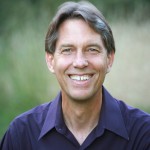
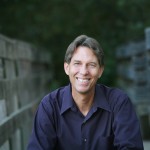
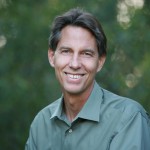
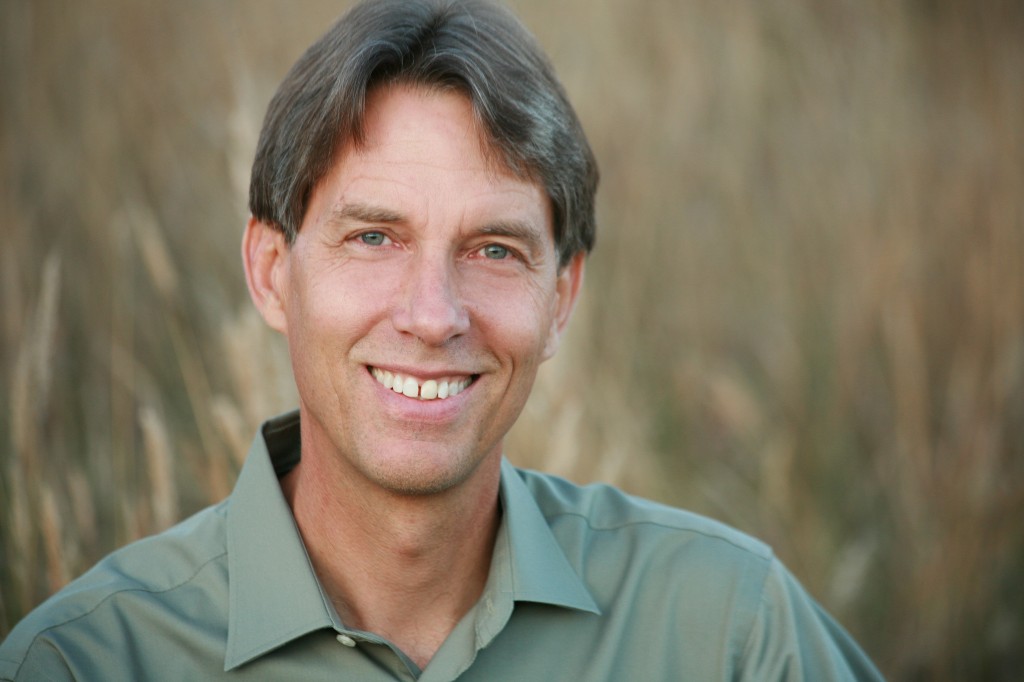
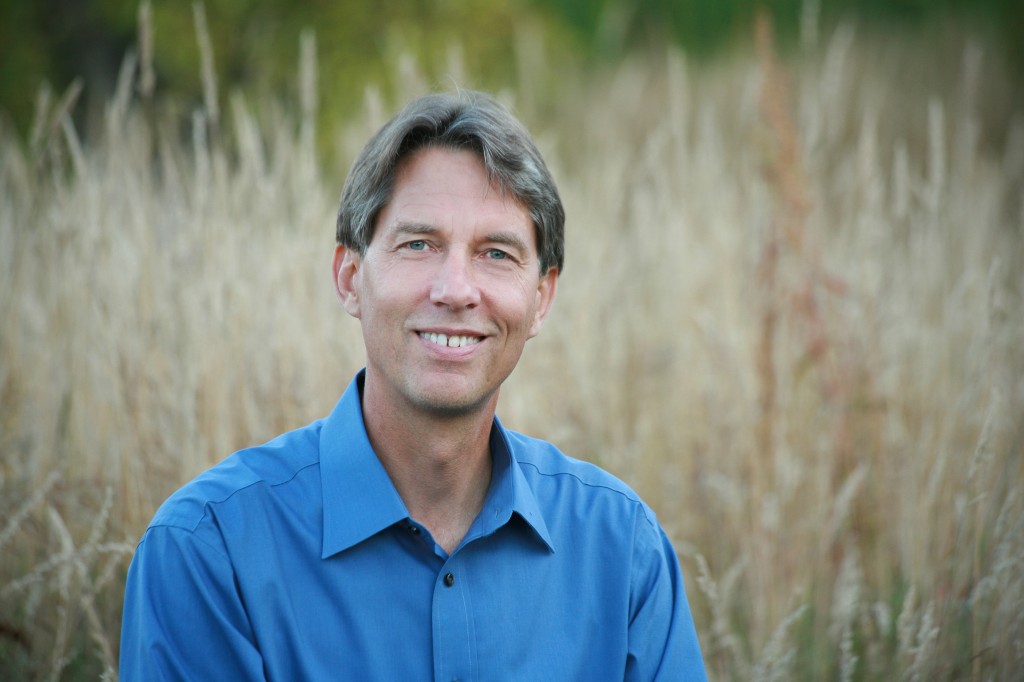
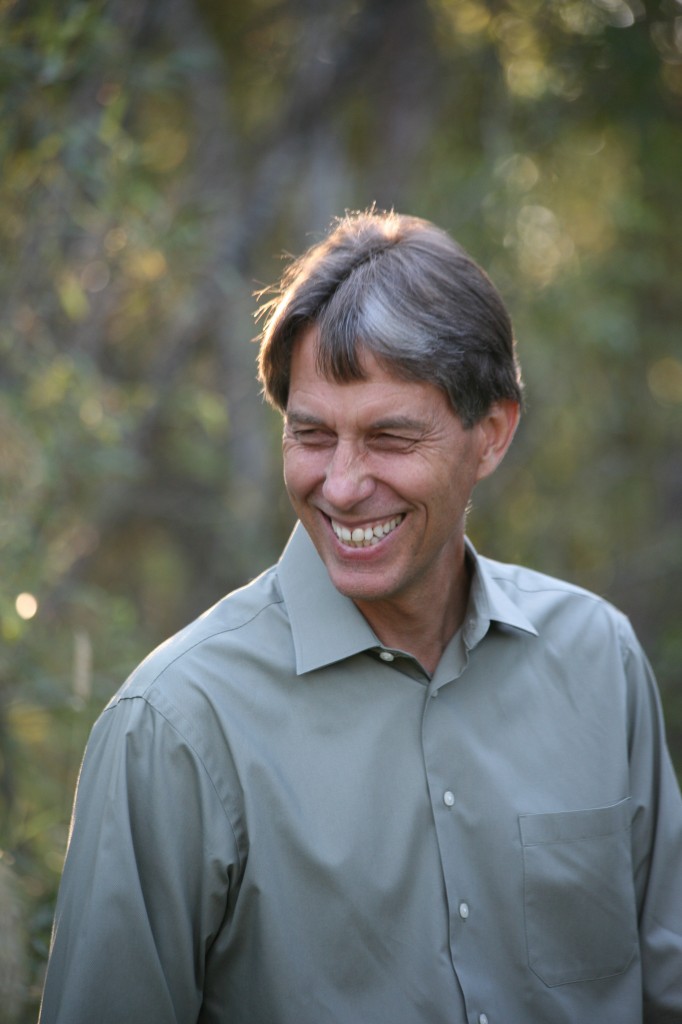
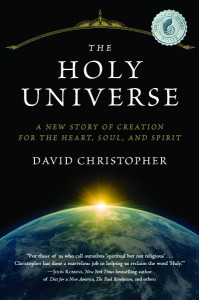
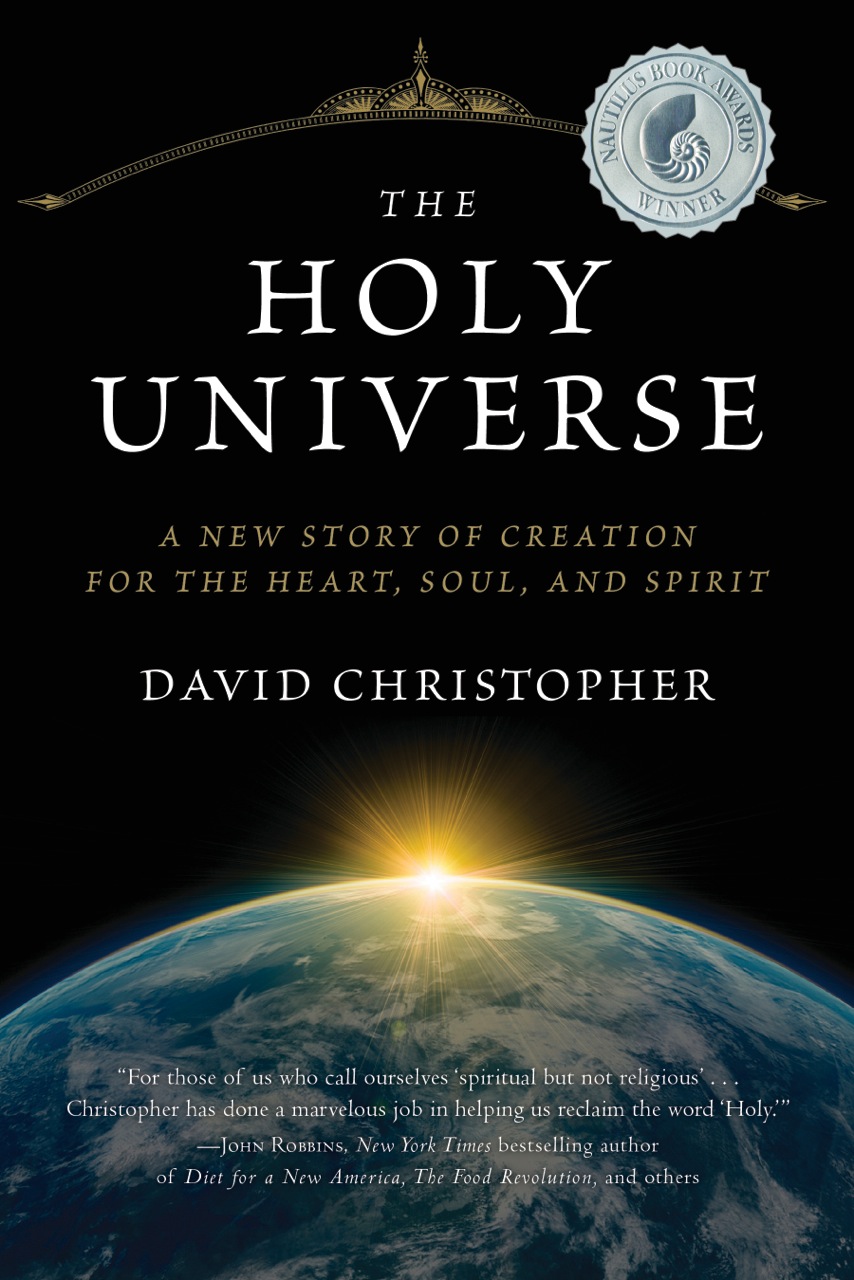
 Click here to find out the many ways you can get a copy of the book.
Click here to find out the many ways you can get a copy of the book.
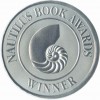 “Better books for a better world, books that inspire and connect our lives as individuals, communities, and global citizens.”
“Better books for a better world, books that inspire and connect our lives as individuals, communities, and global citizens.”